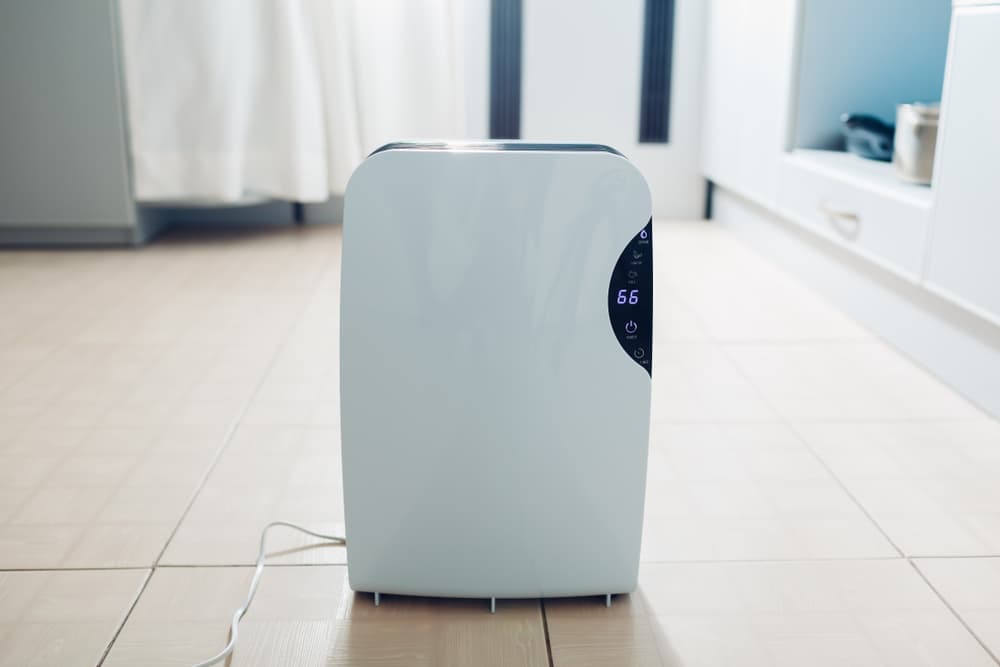As homeowners, we tend to focus much of our time and energy on maintaining the home, but when it comes to the air quality inside, it tends to get overlooked and neglected. Indoor air is generally more polluted than the air we breathe outside due to the lack of ventilation, and the numerous toxins and allergens that can easily accumulate. When you stop to think about how much time we spend indoors – especially during our long Canadian winters, having clean air to breathe in our homes is crucial. The good news is that improving it is relatively easy to do. Read on to learn about the top 5 indoor air quality issues and how to fix them.
Top Hazards That Impact Indoor Air Quality
There are a variety of factors that can impact the quality of air inside your home. Here are the most common ones:
Pet Dander & Dust
If you have a furry loved one or two, it’s likely that your home has plenty of pet hair and dander lingering around. This can easily get nestled into the carpeting, furniture, vents and other fabrics. Pet dander and dust are the leading causes of poor indoor air, which can trigger a multitude of allergy symptoms like sniffling and sneezing.
Mould & Mildew
Do you ever notice a musty smell throughout your home? If so, it could be a sign of mould and mildew. These spores can thrive in dark and damp areas like the basement, attic and any areas that endure frequent water damage. Mould and mildew can be very hazardous for your health. They can lead to throat irritation, skin irritation, coughing, wheezing and severe respiratory issues if left undetected. You can often spot spores directly on the walls or ceilings as green, black or white clusters, or you can often smell it. If you notice any signs throughout your home, it’s imperative to call a professional mould removal company to get rid of it as soon as possible.
Household Chemicals
New furniture and carpeting are commonly manufactured using chemicals which can also contaminate the air within your home. This can also extend to your everyday cleaning supplies, paint, wood stains, and other upholstered furniture.
Humidity Imbalance
Damp, hot, humid air is also a breeding ground for bacteria and mould. Humidity imbalance can cause all sorts of issues, such as musty odours, peeling wallpaper, condensation on the windows and a slew of allergy symptoms. Conversely, the air that’s too dry can lead to respiratory viruses, nosebleeds, cracked furniture, among other problems.
How To Improve The Air Quality In Your Home
Clean Your Home Regularly
Did you know that a single ounce of dust can contain up to 40,000 dust mites? It’s true, which is why vacuuming and mopping once or twice per week is essential. It’s a simple and effective way to keep these common particles at bay and reduce the number of pollutants that you’re breathing in. If you can use HEPA filter on the vacuum, even better.
Use A Dehumidifier
If your indoor air tends to feel damp and sticky, or if you notice condensation forming on the windows, a dehumidifier could be a worthy investment. These systems will help regulate the amount of humidity inside, striking the right balance for healthy indoor air, which should read between 40 and 50 percent for optimal comfort.
Clean Out Ducts
If you use central heating throughout your home, the vents and ductwork can end up harbouring a lot of dust and pet dander. Be sure to give the vents a thorough cleaning and have your ductwork cleaned at least every few years. This can also improve the airflow and efficiency of your HVAC system.
Open The Windows
Once the weather warms up, crank open those windows whenever possible to ventilate your home and allow some fresh air to filter out those pollutants.
When you need your HVAC system cleaned and maintained, give the experts a call at Atmosphere Climate Control Specialists. We offer annual maintenance programs to prolong the life of your system, and can provide professional advice on how to keep your indoor air as clean as possible. Get in contact today

